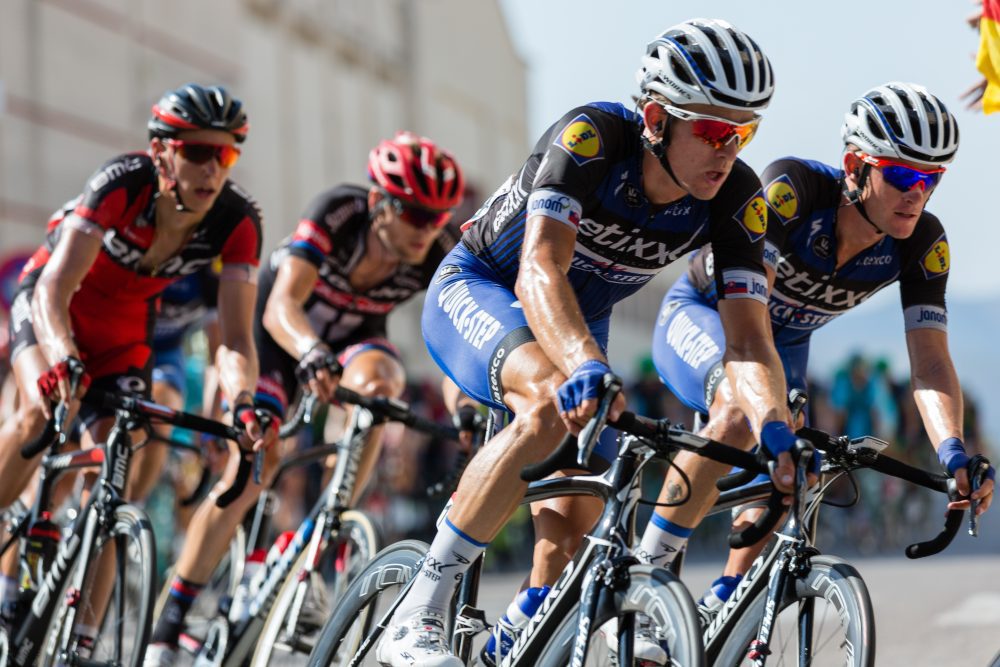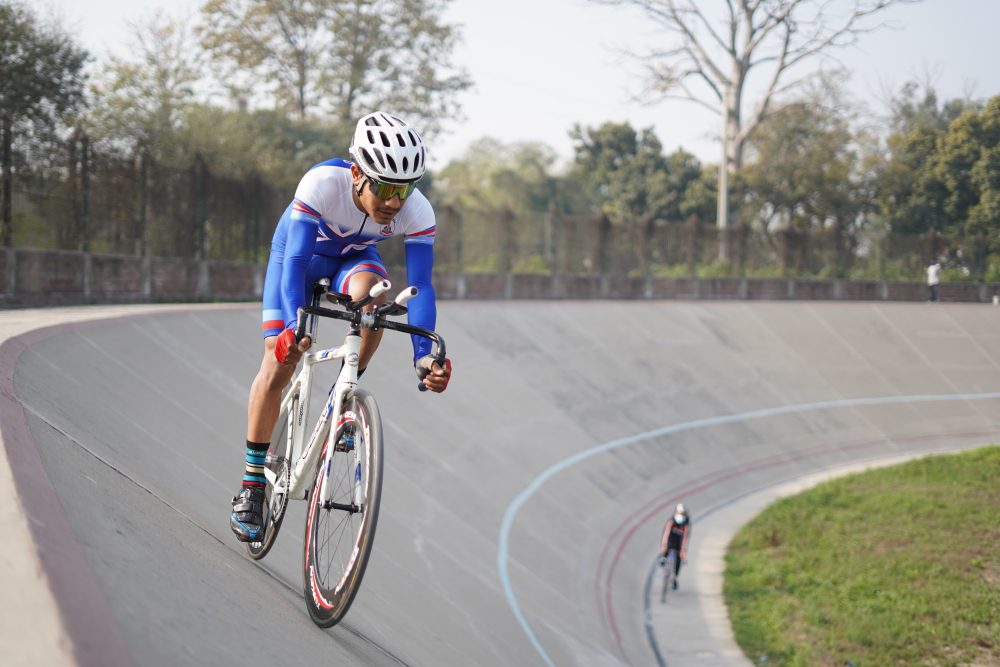How Does a Velodrome Work?
Introduction
Velodromes, the oval-shaped tracks purpose-built for track cycling, have become increasingly popular in the UK. These specialized cycling facilities host various track cycling events such as sprint races, endurance races, and even international competitions like the Olympics. But have you ever wondered how a velodrome works? In this article, we will explore the mechanics behind this unique sporting arena and delve into the intricacies of track cycling.
The Design and Construction
A velodrome typically consists of a smooth, wooden track with steeply banked corners and straight sections. The degree of banking varies from one velodrome to another, but it is generally between 30 and 50 degrees. This banking of the track allows cyclists to maintain optimum speed while negotiating the corners.
The track itself is often made of Siberian pine, a hardwood known for its strength and durability. The surface is incredibly smooth, with meticulous attention given to eliminate imperfections that could disrupt the cyclists’ flow. The track’s exceptional smoothness reduces friction and allows riders to achieve higher speeds.
Riding Techniques
Track cycling demands different riding techniques compared to road cycling. One key aspect is the concept of drafting, where cyclists strategically ride closely behind one another to reduce wind resistance. As the leading rider pushes through the air, the following cyclist benefits from reduced drag, making it easier to maintain high speeds.
Another notable technique employed by track cyclists is the employment of fixed-gear bikes. Unlike road bikes, track bikes do not have brakes or freewheel mechanisms. This means the pedals are continually moving in synchronization with the bike’s motion, necessitating a different level of control and skill from the rider.
The Physics Behind the Velodrome
To truly understand how a velodrome works, it’s crucial to delve into the physics behind it. The steep banking of the track allows cyclists to overcome the force of gravity and maintain traction while cornering. Without banking, riders would have to reduce their speed significantly to negotiate the bends, hindering the overall flow of the race.
The angled corners of the velodrome generate centripetal forces that push the riders towards the center of the track. This force keeps them on the track throughout the turn, preventing them from sliding off. The higher the speed, the greater the centripetal force required to maintain balance.
Types of Track Cycling Races
Track cycling features a variety of races, each with its own unique set of rules and objectives. Some of the most common events include:
- Individual Pursuit: Two riders start on opposite sides of the track and attempt to catch or distance themselves from each other.
- Sprint: Two riders compete head-to-head, aiming to cross the finish line first within three laps.
- Keirin: A motor-paced event where riders follow a paced motorcycle before sprinting for the finish line.
- Madison: A team event where riders take turns racing while other team members rest.
These races, along with others, showcase the skills and endurance of track cyclists, making velodromes an exciting venue for both participants and spectators.
“The combination of speed, strategy, and thrilling races makes track cycling a captivating sport for both athletes and fans alike.” – Track Cycling Enthusiast
The Role of Technology
Technology plays a significant role in modern track cycling. From aerodynamically designed bikes to advanced training methods, teams and individual riders continually strive for marginal gains to gain a competitive edge. Velodromes themselves have also benefited from technological advancements in track construction and maintenance.
The introduction of timing systems, electronic lap counters, and cameras installed around the track enables accurate tracking of race progress and helps officials make informed decisions. These technological advancements enhance both the safety measures and the spectator experience within the velodrome.
Conclusion
A velodrome may seem like a simple oval track, but there is more to it than meets the eye. The design, riding techniques, physics, and various race events all contribute to the thrilling world of track cycling. Velodromes provide a platform for athletes to showcase their skills and push the boundaries of human capabilities. Whether you’re an avid fan or a newcomer to the sport, understanding how a velodrome works adds another layer of appreciation for this incredible sporting arena.



